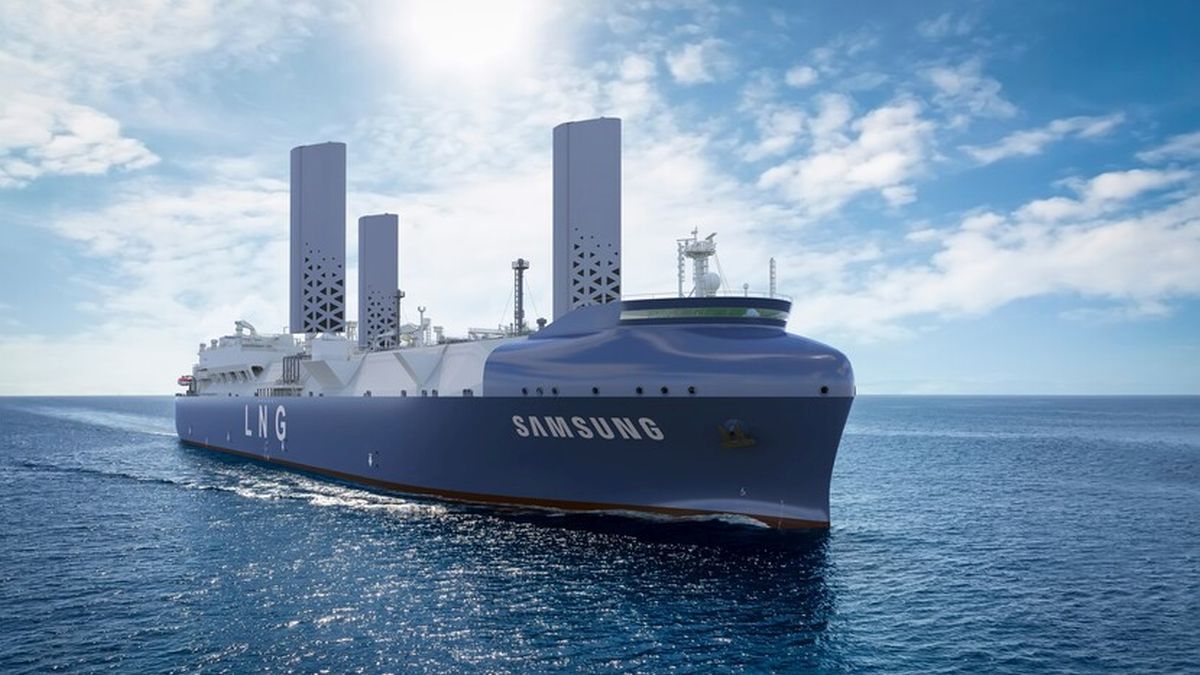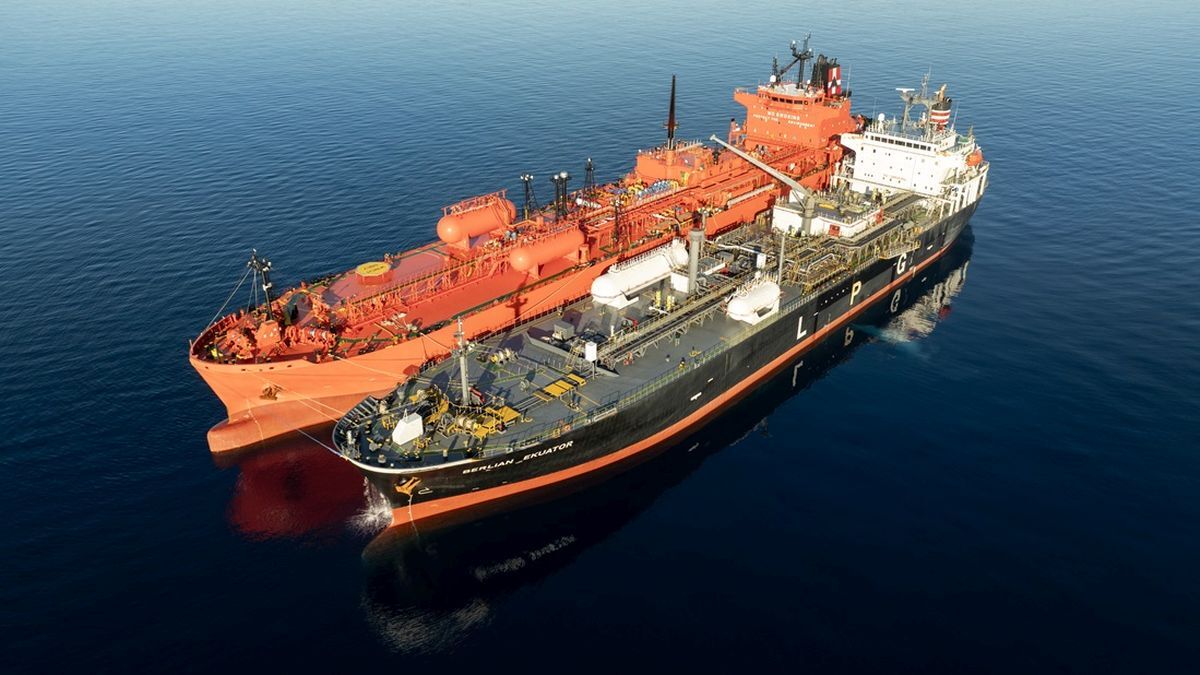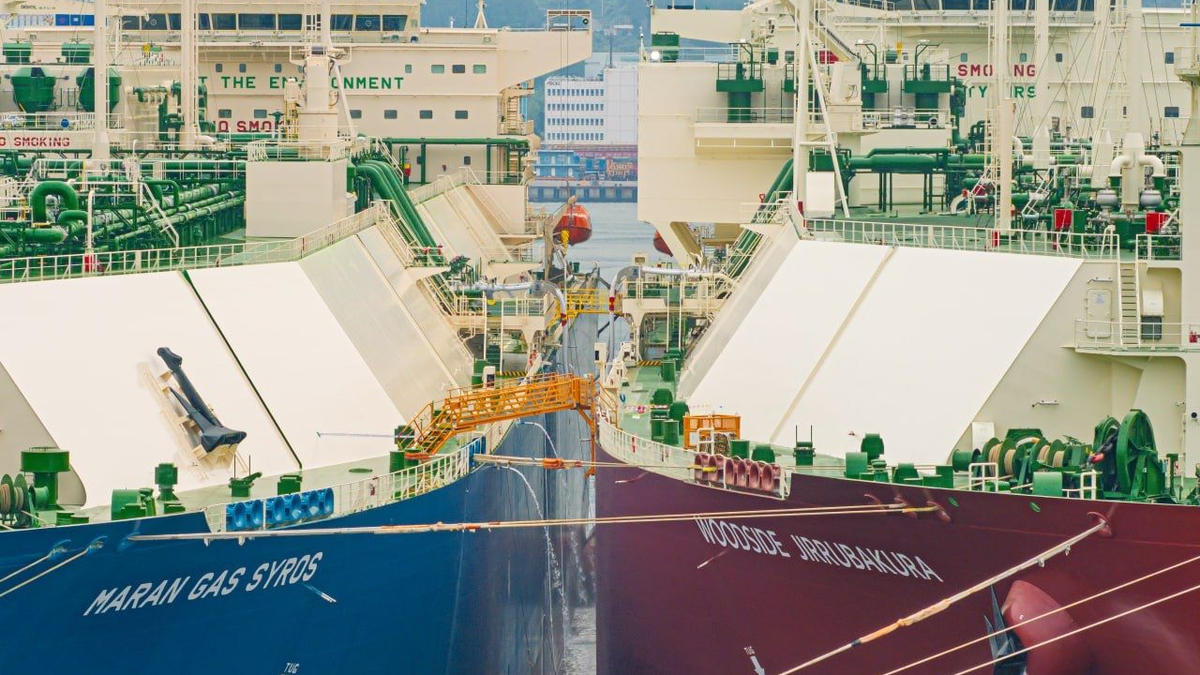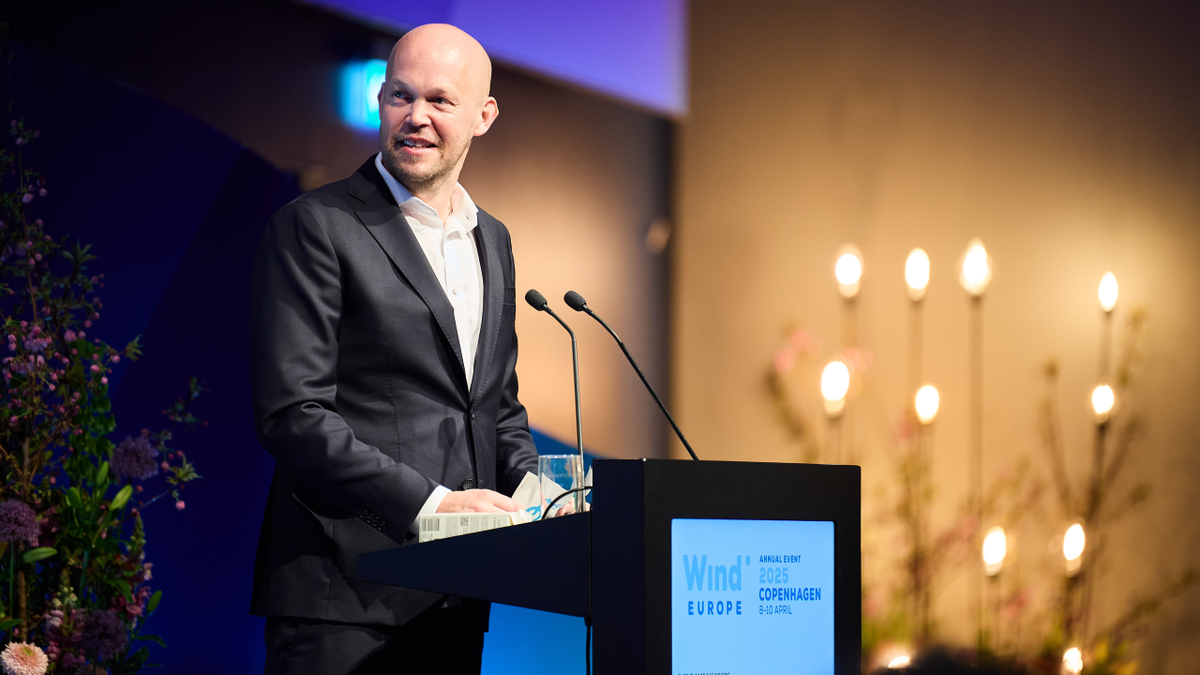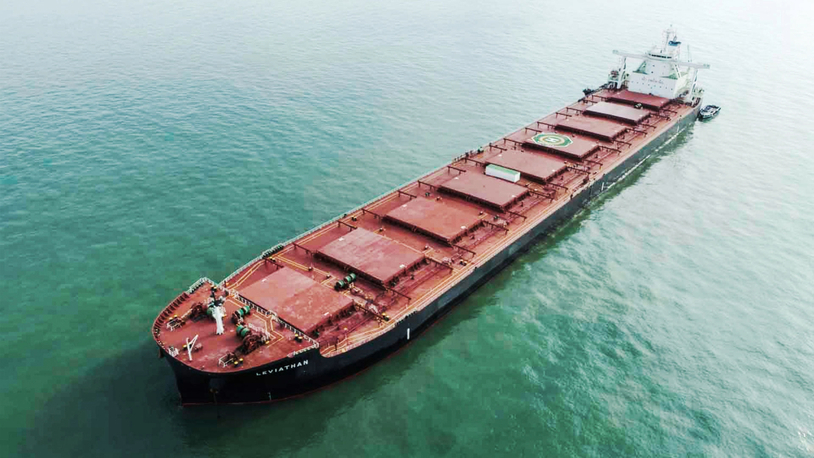Business Sectors
Events
Contents
Register to read more articles.
2025 in the LNG sector: infrastructure, geopolitics, decarbonisation
LNG shipping in 2025 will be shaped by infrastructure investments, trade shifts, partnerships, decarbonisation efforts and technology innovation
Infrastructure investments lay the foundation
Global LNG infrastructure is set for transformative growth, as evidenced by projects such as Germany’s largest onshore LNG terminal in Stade, Lower Saxony, which aims to process up to 13.3Bn cubic metres annually by 2027. This trend reflects a broader industry push to enhance import and export capacities in response to rising demand.
Similarly, Woodside Energy plans to engage partners for its Louisiana LNG project by early 2025, with an eye on a final investment decision that underscores its ambitions.
Geopolitical currents shift trade routes
Geopolitical influences remain a central theme in LNG trade. Recent redirections of LNG cargoes from Asia to Europe due to Russian supply disruptions illustrate the fluidity of trade flows in response to political pressures. Concurrently, US and EU sanctions targeting Russia’s Arctic LNG projects have created delays and strategic challenges for stakeholders.
Decarbonisation drives innovation
As decarbonisation becomes a pressing priority, the LNG sector is advancing projects to reduce emissions and integrate alternative fuels. Companies such as AP Moller-Maersk, which aims to power 15-20% of its fleet with alternative fuels by 2030, illustrate this pivot toward greener operations.
BP’s LNG project in Indonesia, featuring integrated carbon capture technology, demonstrates the integration of environmental considerations into major developments.
That orderbook
To date, 83 LNG carriers have been contracted in 2024, setting course for the second-highest annual total on record. The strong figures for LNG carrier ordering are no surprise, and mostly linked to Qatar’s ongoing development of its offshore LNG resources.
Given how long it takes for LNG carrier contracts to filter into the market, it could be that by mid-2025, the 2024 LNG carrier orderbook turns out to be the largest yet. What is certain is the LNG carrier fleet will reach a record size in 2025.
Technology enhances operational efficiency
Innovations such as modular construction and digitalisation are optimising LNG operations. Although under sanction, it has to be recognised that Novatek’s Arctic LNG projects, employing floating storage units and advanced construction techniques such as gravity-based structures, are somewhat remarkable. Other projects are in play to produce gravity-based structures and the promotion of these are likely to be a feature in 2024.
Elsewhere, enhanced automation and digital monitoring systems are also improving fleet performance and operational safety, solidifying LNG’s role as a flexible and efficient energy source.
The confluence of these factors will define the LNG sector’s trajectory in 2025, presenting a complex landscape of opportunities and challenges for stakeholders worldwide.
Sign up for Riviera’s series of technical and operational webinars and conferences:
- Register to attend by visiting our events page.
- Watch recordings from all of our webinars in the webinar library.
Related to this Story
Events
Offshore Support Journal Conference, Americas 2025
LNG Shipping & Terminals Conference 2025
Vessel Optimisation Webinar Week
© 2024 Riviera Maritime Media Ltd.


